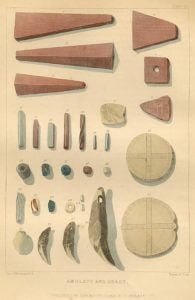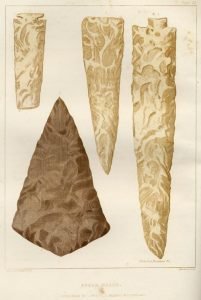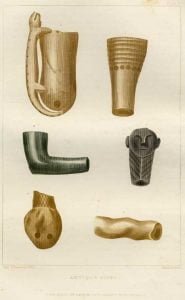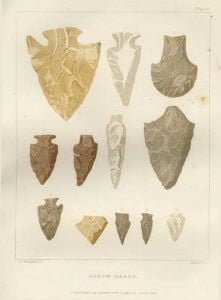Menomonie and Chippewa History
The originality of the following tradition is of a character which can be viewed disjunctively, and commends itself to notice. The Indian is prone to trace important events in his history to small, and apparently improbable causes. We have heard of no Indian wars of any note, of an ancient date, but those against the Foxes, in which the Menomonies figure as one of the chief actors. Their connection with the Algonquin family, and their speaking a peculiar dialect of it, lead to the supposition that they were, at an ancient period, more closely affiliated. Traditions of this kind, however mixed up with improbabilities, may enable us hereafter better to comprehend their history. That they fell out with their neighbors, relatives, and friends, for a small thing, is an event by no means novel or improbable.









